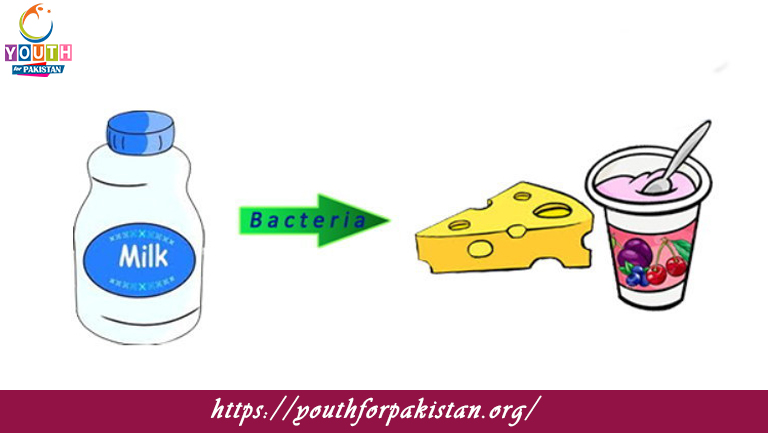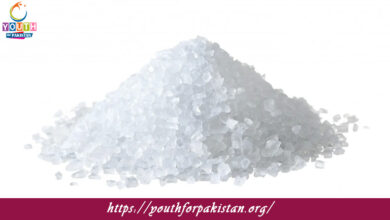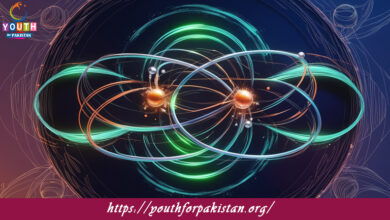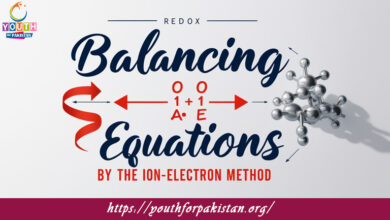Reversible And Irreversible Reactions MDCAT Quiz with Answers

Reversible And Irreversible Reactions MDCAT Quiz, in chemistry, reactions can be classified as reversible or irreversible, depending on whether the products of the reaction can react with each other to re-form the original reactants. This is an important distinction for MDCAT students, as it explains how reactions go forward and whether they can reach a state of equilibrium.
Reversible Reactions: In reversible reactions, the products formed can react to form the original reactants. The reaction, therefore, can proceed in both directions: from reactants to products, termed the forward reaction, and from products to reactants, termed the reverse reaction. A reversible reaction reaches a state known as chemical equilibrium, where the rates of the forward and reverse reactions are equal, and the concentrations of reactants and products remain constant over time.
Irreversible Reactions: In irreversible reactions, the products cannot react to reform the original reactants under normal conditions. These reactions proceed in one direction only, and once the products are formed, they generally do not revert to the reactants. Many irreversible reactions involve either the release of energy, such as heat or light, or the formation of insoluble products, which are precipitates.
Key Differences Between Reversible and Irreversible Reactions
Direction: Reversible reactions proceed in both directions, and irreversible reactions go in only one direction.
Equilibrium: Reversible reactions reach equilibrium, where the concentrations of reactants and products remain constant, while irreversible reactions do not reach equilibrium and continue until the reactants are completely consumed.
Energy: Irreversible reactions tend to release energy in the form of heat or light, while reversible reactions absorb or release energy depending on the conditions.
For MDCAT, the knowledge on how to differentiate reversible and irreversible reactions is very much important for students in solving problems concerned with reaction rates, equilibrium, and effects of different conditions.
MDCAT Quiz on Reversible and Irreversible Reactions
The MDCAT Quiz on Reversible and Irreversible Reactions tests students’ ability to recognize the characteristics of each type of reaction and understand the concept of equilibrium. Questions may be asked about the identification of reversible reactions, predicting the direction of reaction under different conditions, and understanding factors that influence the rate of reactions. By practicing this quiz, students will strengthen their understanding of reaction dynamics and become better prepared for the MDCAT exam.
Free Flashcard for Reversible and Irreversible Reactions
Our free Flashcard for Reversible and Irreversible Reactions makes it easy to memorize the distinction between these two types of reactions: behavior, equilibrium states, examples, etc. These flashcards will enable the student to review and reinforce their knowledge of reversible and irreversible reactions for quick recall during the MDCAT exam.

Reversible reactions reach __________ when the rates of the forward and reverse reactions become equal.
Equilibrium

In an irreversible reaction, the reactants __________ be converted back into reactants once products are formed.
Cannot

In a reversible reaction, the system reaches equilibrium when __________.
The rates of forward and reverse reactions are equal

The decomposition of calcium carbonate (CaCO₃) to form calcium oxide (CaO) is an example of __________ reaction.
Irreversible

In reversible reactions, the system is at equilibrium when __________.
Both the forward and reverse reactions occur at the same rate

The formation of nitrogen dioxide from dinitrogen tetroxide is an example of __________ reaction.
Reversible

For a reaction to be reversible, the products must __________ into the reactants under certain conditions.
Revert

In a reversible reaction, when the concentration of products increases, the equilibrium shifts __________.
Toward the reactants

In an irreversible reaction, the reactants __________ into products under normal conditions.
React completely

An example of a reversible reaction is the synthesis of __________ from nitrogen and hydrogen.
Ammonia

The reaction between hydrochloric acid and sodium hydroxide to form water and salt is __________.
Irreversible
Experience the real exam environment with our expertly designed collection of over 25,000 MCQs MDCAT Mock Tests.





